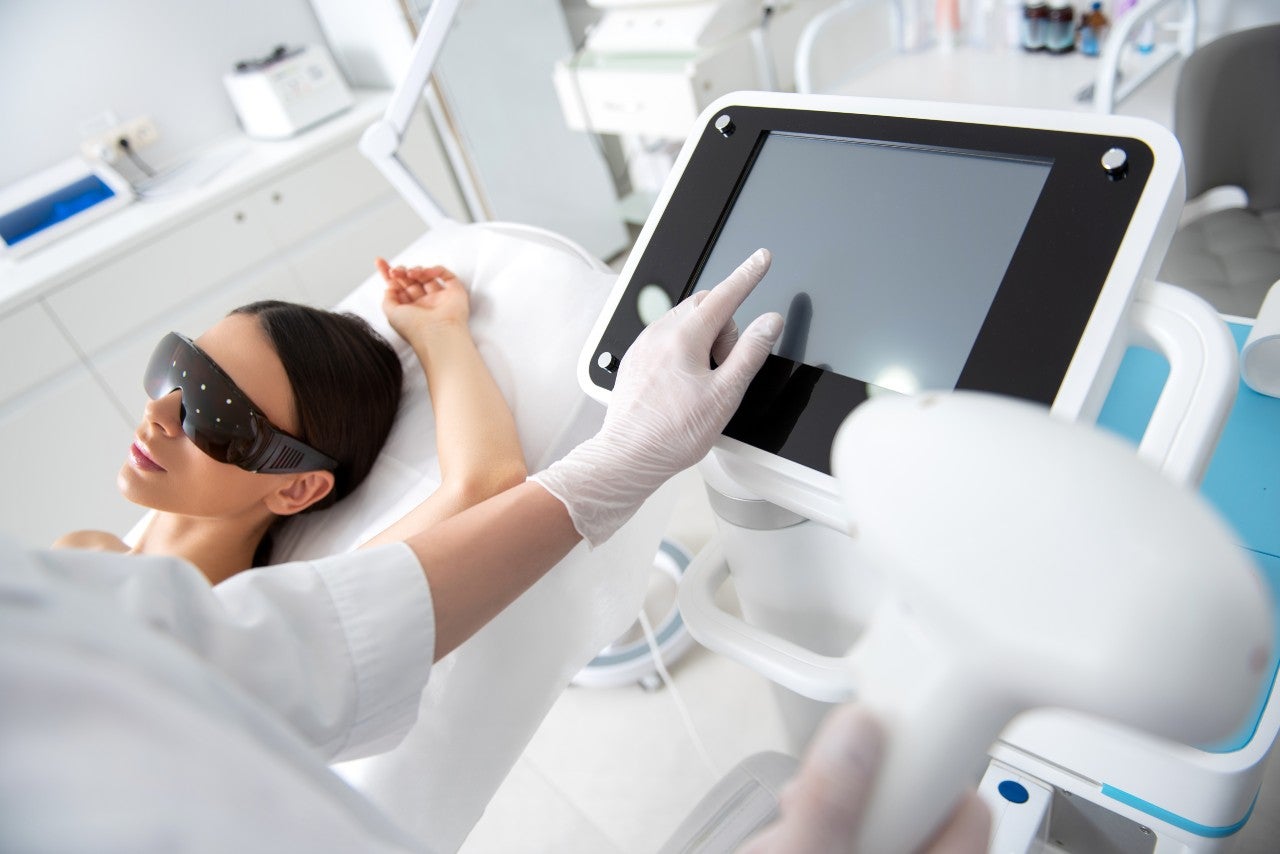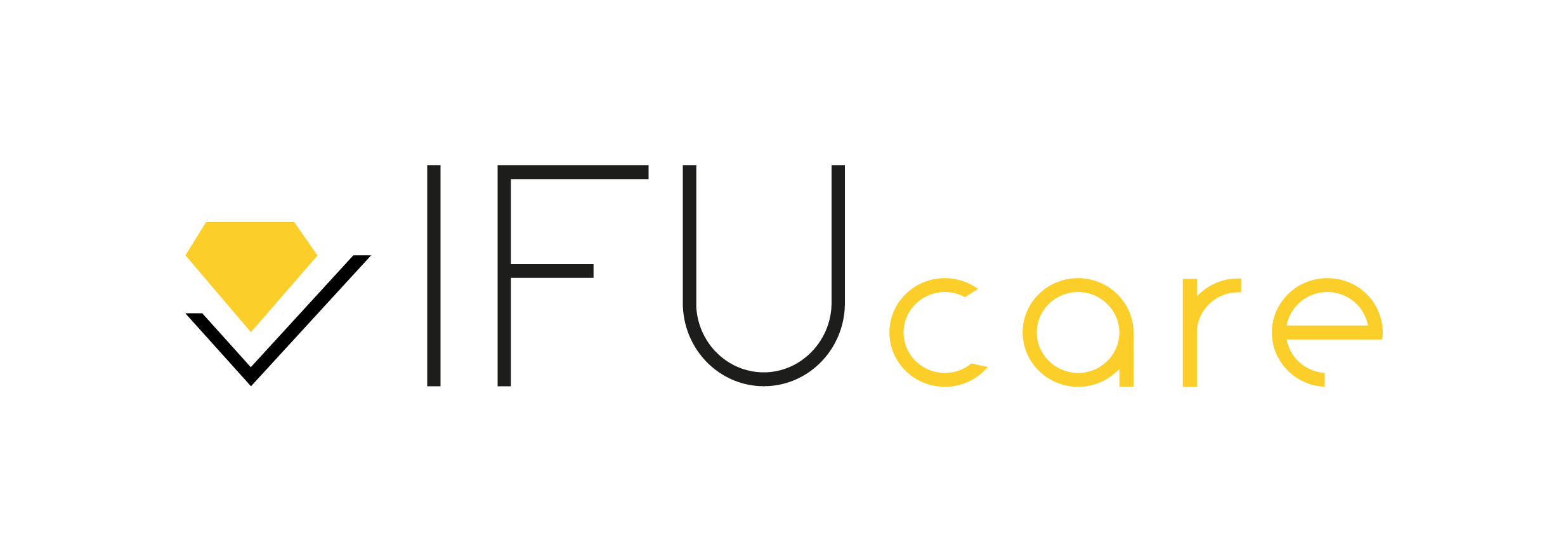
Contact lenses, dermal fillers, machines for laser treatment for body hair removal… all products without medical purpose that will fall under the Medical Device Regulation as of 25 May 2020. The manufacturers must comply to the new regulation, but do they even know?
“Medical Device Regulation 2017/745”, the name suggests it applies to medical devices. But there is more to it. Annex XVI of the regulation clearly defines other devices, without medical purpose, that also must comply to the regulation. Products that may have been considered cosmetics in the past are now captured under the Medical Devices Regulation. Manufacturers, importers and distributors of those non-medical products will also need to take into account the many rules and responsibilities set out in the Medical Device Regulation (MDR).
Non-medical products
The devices without an intended medical purpose that fall under the Medical Device Regulation are:
- Contact lenses or other items intended to be introduced into or onto the eye, such as non-prescription coloured contact lenses
- Products intended to be totally or partially introduced into the human body through surgically invasive means for the purpose of modifying the anatomy or fixation of body parts with the exception of tattooing products and piercings. An example includes body contour modifying implants such as horn implants.
- Substances, combinations of substances, or items intended to be used for facial or other dermal or mucous membrane filling by subcutaneous, submucous or intradermal injection or other introduction, excluding those for tattooing.
- Equipment intended to be used to reduce, remove or destroy adipose tissue, such as equipment for liposuction, lipolysis or lipoplasty.
- High intensity electromagnetic radiation (e.g. infra-red, visible light and ultra-violet) emitting equipment intended for use on the human body, including coherent and non-coherent sources, monochromatic and broad spectrum, such as lasers and intense pulsed light equipment, for skin resurfacing, tattoo or hair removal or other skin treatment.
- Equipment intended for brain stimulation that apply electrical currents or magnetic or electromagnetic fields that penetrate the cranium to modify neuronal activity in the brain. For example, transcranial (nonsurgical invasive) stimulation.
Companies that manufacture a device that falls into one these categories and want to keep on selling in the EU must start their MDR project now, to ensure they are ready by 25 May 2020!
How to comply to the MDR
Manufacturers of these types of products should take the following steps. First, identify in which class your product falls. Based on the class of your product, determine the conformity assessment route you shall undertake and compose a technical file. Assign a Unique Device Identifier (UDI) and register your product in EUDAMED. If needed, you should reach out to a Notified Body to verify whether the file complies to all MDR requirements. If all goes according to plan, you can obtain the CE mark for your product. Your product is now ready to be placed on the European market and you can start selling. However, compliance to the MDR is a continuous process. You should do a post-market surveillance and comply to the vigilance requirements.


